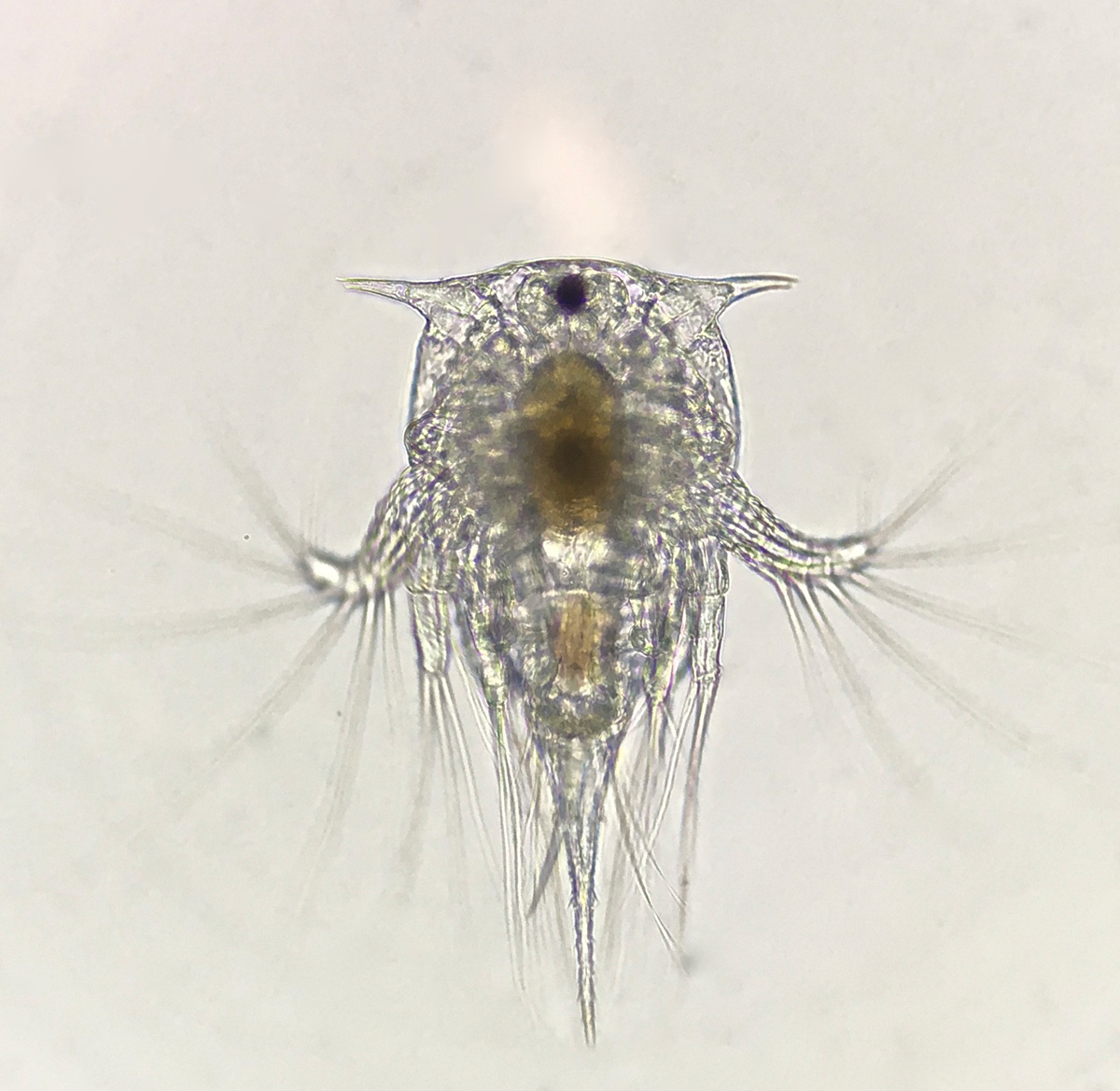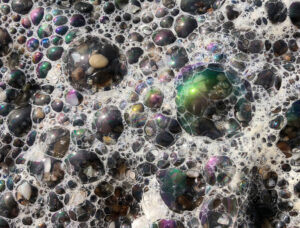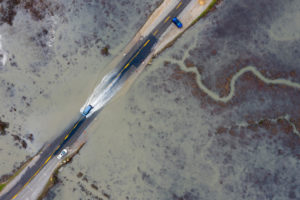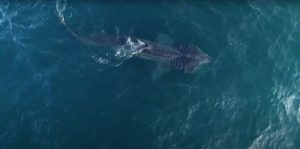Although the world’s oceans cover approximately 70 percent of the Earth’s surface, most humans interact with only the narrow strip that runs up onto land. This bit of real estate experiences terrestrial conditions on a once- or twice-daily basis and create a unique challenge for tidepool life.
Most marine organisms don’t need to worry about drying air, the heat of the sun, and UV radiation, which mainly affect the uppermost few meters of the ocean’s surface. But intertidal organisms do. Even though they are, in an apparent paradox, entirely marine creatures, they cannot survive prolonged exposure to air or freshwater. So how do they manage to live here?
Some organisms have a physiological tolerance for difficult conditions. Tidepool copepods and periwinkle snails, for example, are able to survive in the highest pools in the splash zone, where salinity can be either very high (due to evaporation) or very low (due to rain or freshwater runoff), dissolved oxygen is often depleted due to high temperature, and temperature itself can be quite warm. Sculpins and other tidepool fishes cope with low oxygen levels by gulping air and/or retreating to deep corners of their home pools.
Of course, animals that can locomote have the option of moving to a more favorable location. Other creatures, living permanently attached to their chosen site, aren’t quite so lucky. Let’s take barnacles as an example.
Barnacles have two planktonic larval stages: the nauplius and the cyprid. The nauplius is the first larval stage and hatches out of the egg with three pairs of appendages. It can be distinguished from the nauplius of other crustaceans by the presence of two lateral “horns” on the anterior edge of the carapace.

The nauplius’s job is to feed and accumulate energy reserves. It swims around in the collection of diverse organisms called the plankton, feeding on phytoplankton and drifting with the currents.
After sufficient time feeding in the plankton, a barnacle nauplius metamorphoses into the second larval stage, the cyprid. A cyprid is a bivalved creature, with the body enclosed between a pair of transparent shells. It has more appendages than the nauplius, and these are more differentiated. If the nauplius has done its job well, then the cyprid also contains a number of oil droplets under its shell. These droplets are of crucial importance, because the cyprid itself does not feed. For as long as it remains in the plankton it survives on the calories stored in those droplets. The cyprid’s job is to return to the shore and find a suitable place on which to settle. Somehow, a creature about 1 mm long, being tossed about by waves crashing onto rocks, has to find a place to live and then stick to it.
Returning to the topic of the challenges that marine organisms face when they live under terrestrial conditions, let’s see how these barnacles manage. Along the Northern California coast, we have a handful of barnacle species living in the intertidal. In the higher mid-tidal regions at some sites, small acorn barnacles of the genera Balanus and Chthamalus may be the most abundant animals.

However, nowhere is a particular pattern of barnacle distribution more evident than at Natural Bridges. Here, the barnacles in the high-mid intertidal are small, and concentrated in little fissures and cracks in the rock.
I think most of these small (~5 mm) barnacles are Balanus glandula:

And here’s a closer look:

If all of the rock surfaces were equally suitable habitat, the barnacles would be distributed more randomly over the entire area. Instead, they are clearly segregated to the cracks in the rock. Each of these barnacles metamorphosed from a cyprid into a juvenile exactly where it is currently located. The cyprid may be able to move around to fine-tune its final location, but once the decision has been made that X marks the spot and the cyprid has glued its anterior to the rock, the commitment is real and lifelong. The barnacle will live its entire life in that spot and eventually die there. It is quite probable that cyprids landed in those empty areas on the rock, but they didn’t survive to adulthood.
How did this distribution of adult barnacles come to be?
There is one very important biological reason for acorn barnacles to live in close groups, and that is reproduction. They are obligate copulators, which I touched on in this post, and as such need to live in close proximity to potential mates. But today I’m thinking more about abiotic factors. In a habitat like the high-mid rocky intertidal, desiccation is a real and daily threat. Even a minute crack or shallow depression will hold water a bit longer than an exposed flat surface, giving the creatures living there a tiny advantage in the struggle for survival. No doubt cyprid larvae can and do settle on those empty areas of the rock. However, they likely die from desiccation when the tide recedes, leaving only the cyprids that landed in one of the low areas to survive and metamorphose successfully. There are other factors as well, such as the presence of adult individuals, that make a location preferable for a home-hunting cyprid. In addition to facilitating copulation, hanging out in a cluster slows down the rate of water evaporation, giving another teensy edge to animals living at the upper limit of their thermal tolerance.
Lower in the intertidal, where terrestrial conditions are mitigated by organisms spending more time immersed, barnacles and other creatures do indeed live on flat rock spaces. But at the high-mid tide level and above, macroscopic life exists mostly in areas that hang onto water the longest. Pools are refuges, of course, but so are the tiniest cracks that most of us overlook. Next time you venture into the intertidal, take time on your way down to stop and salute the barnacles for their tenacity.




